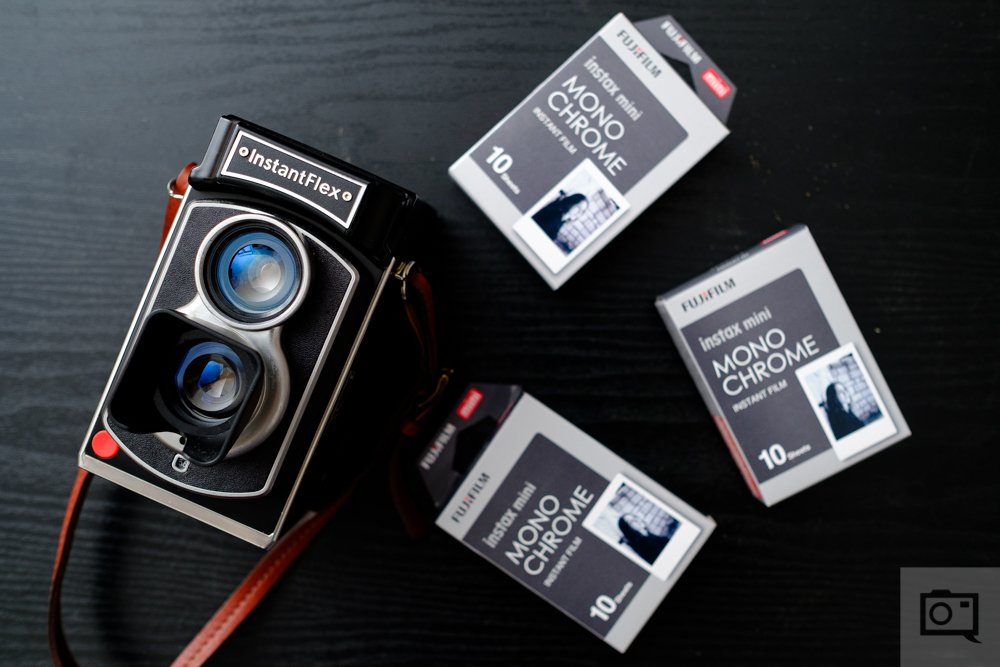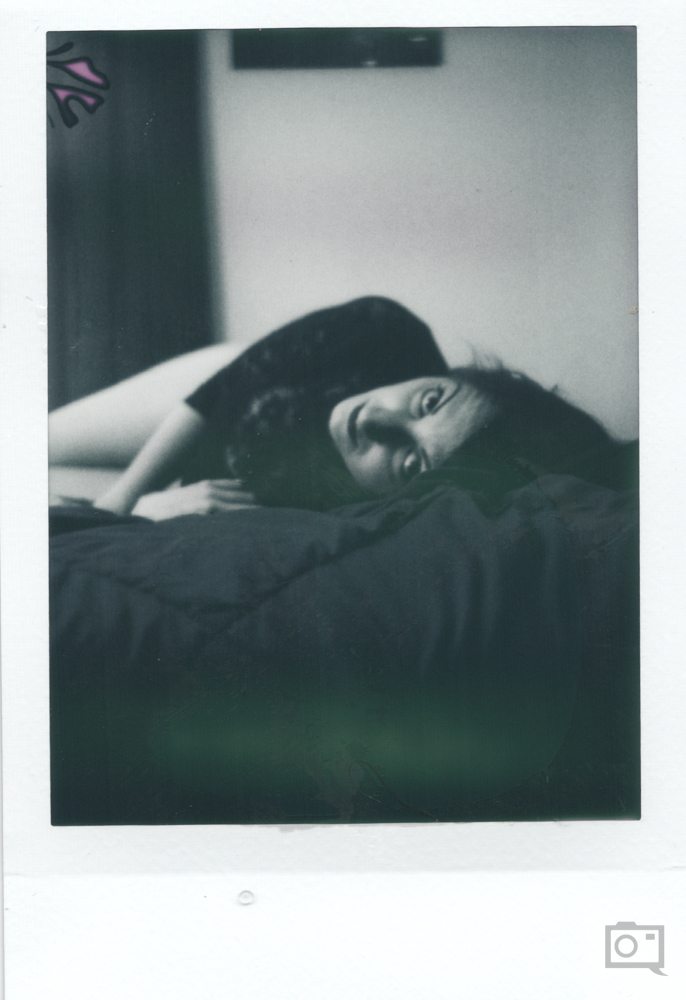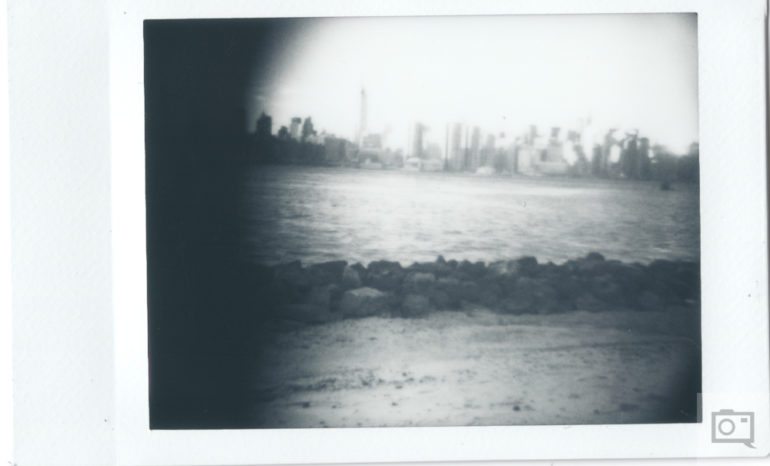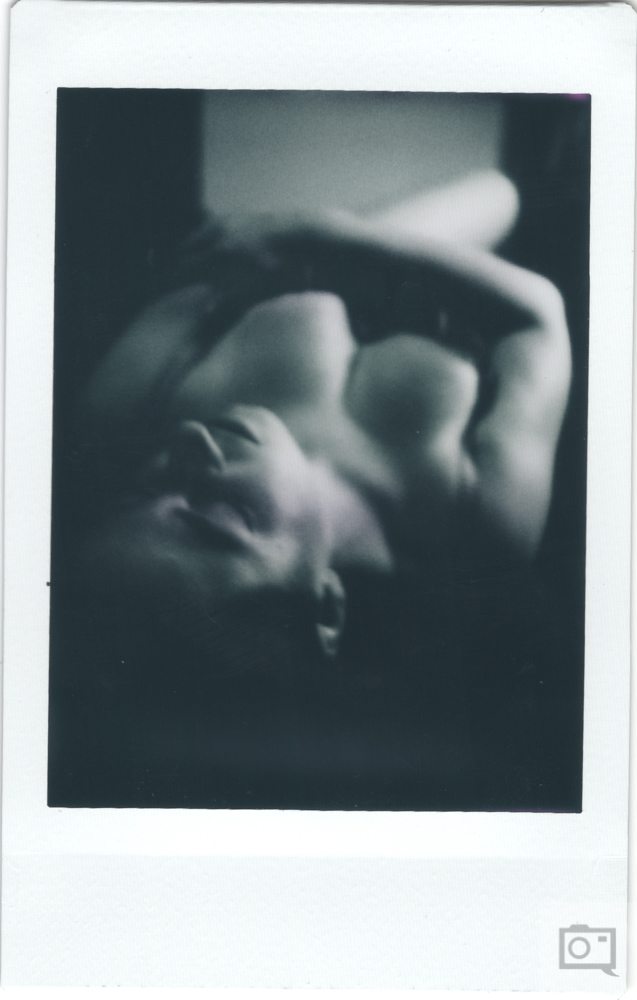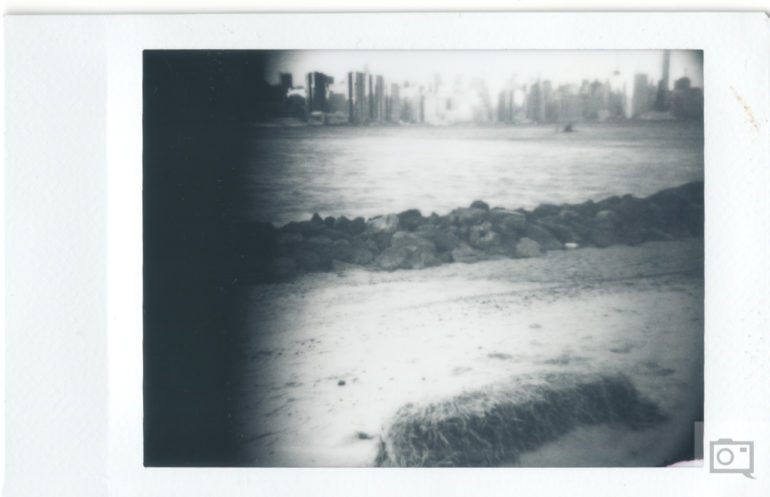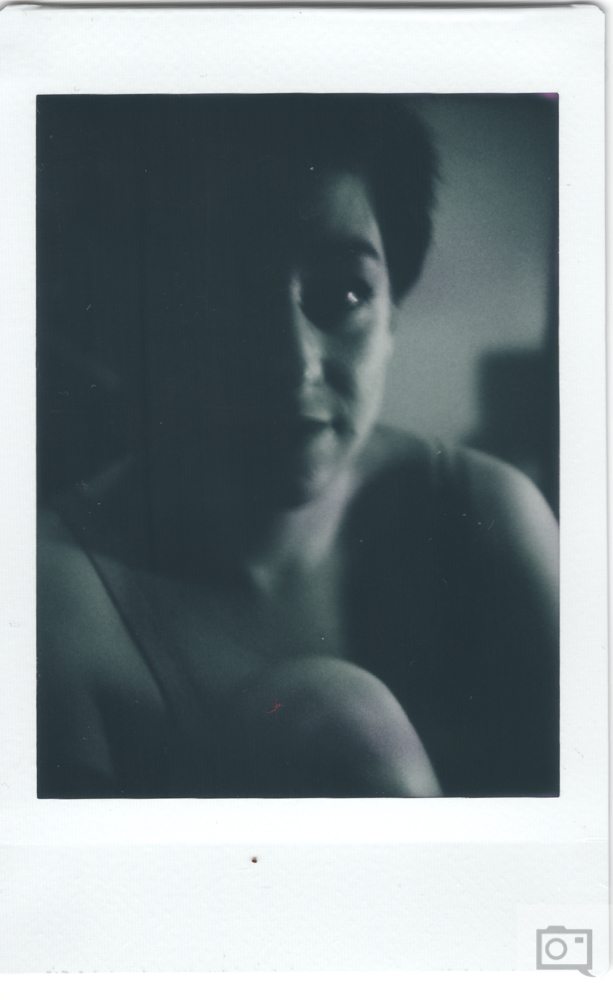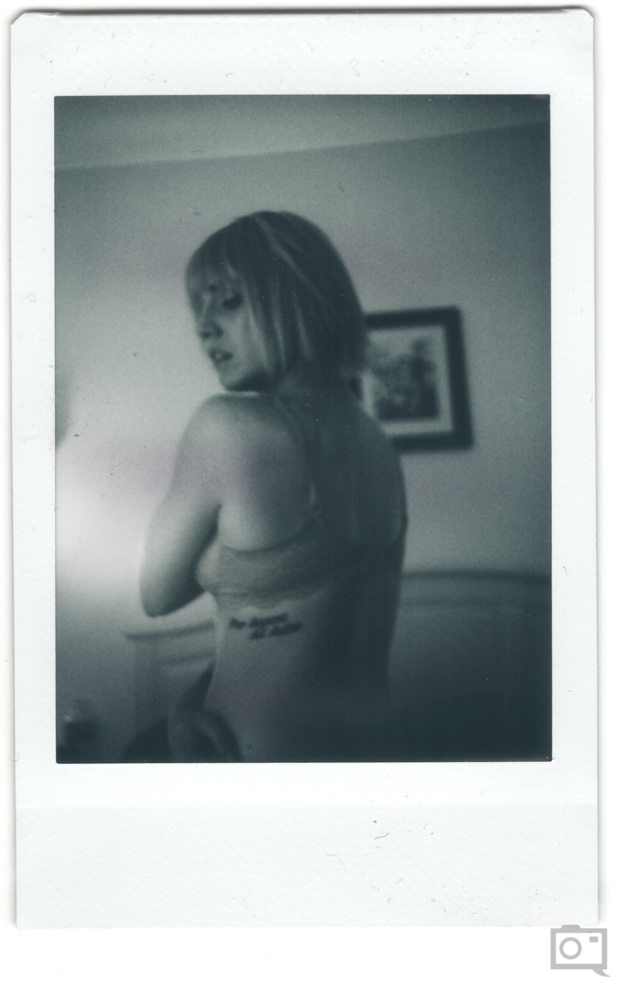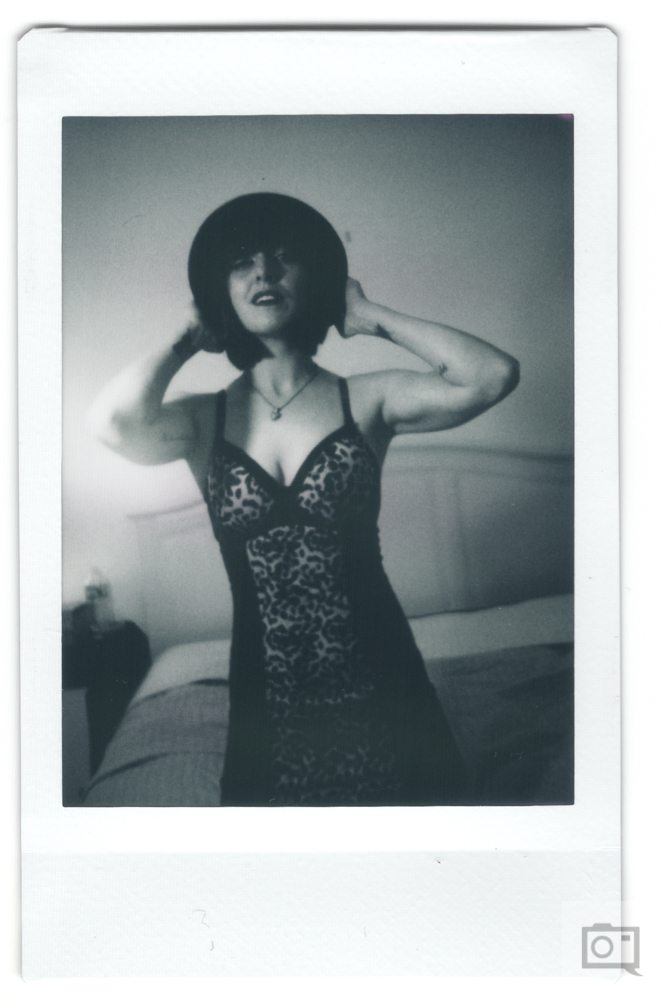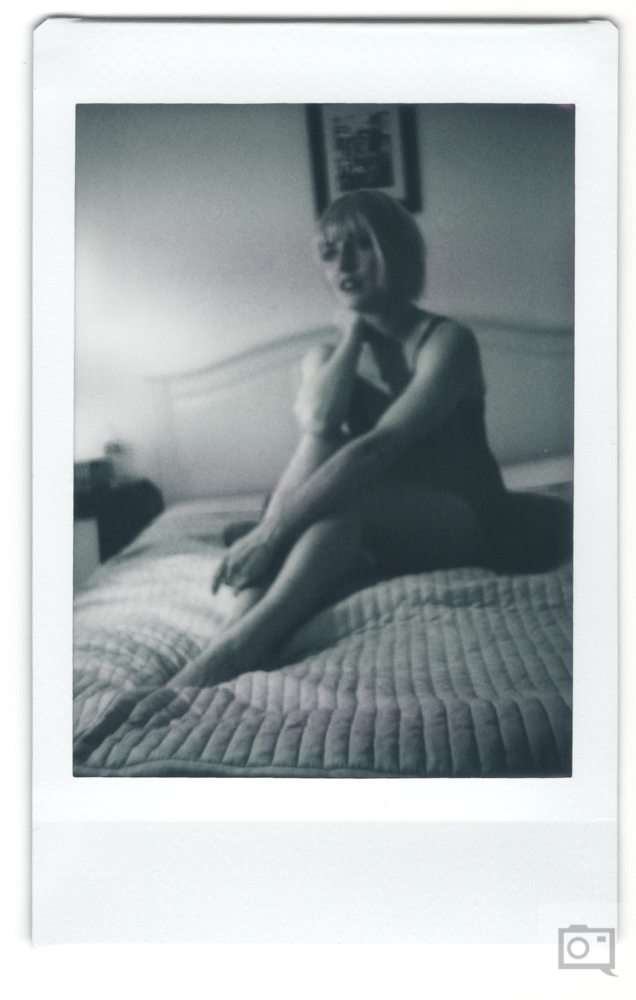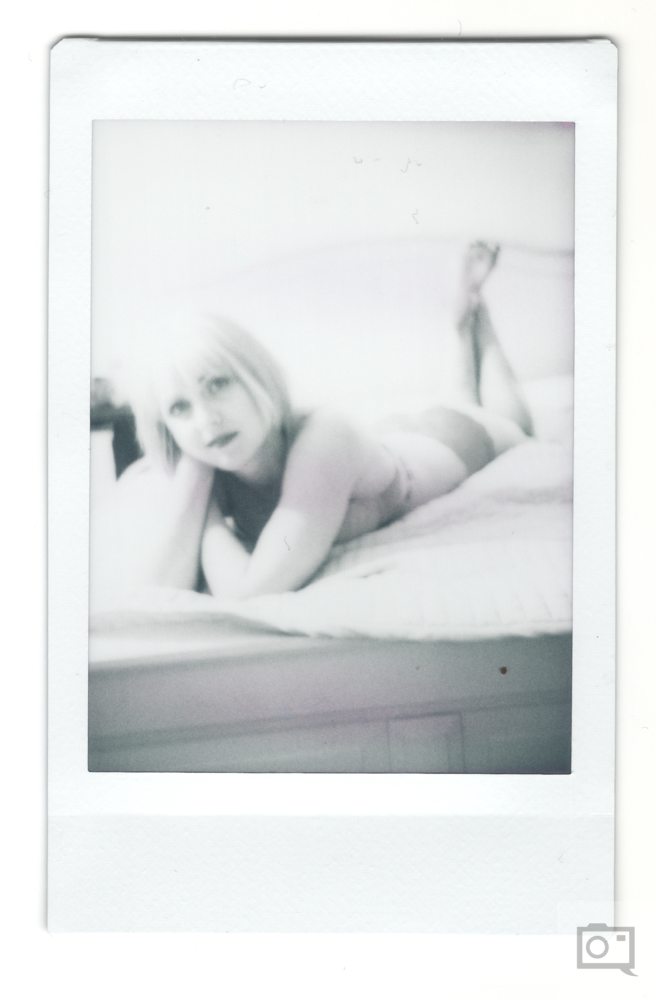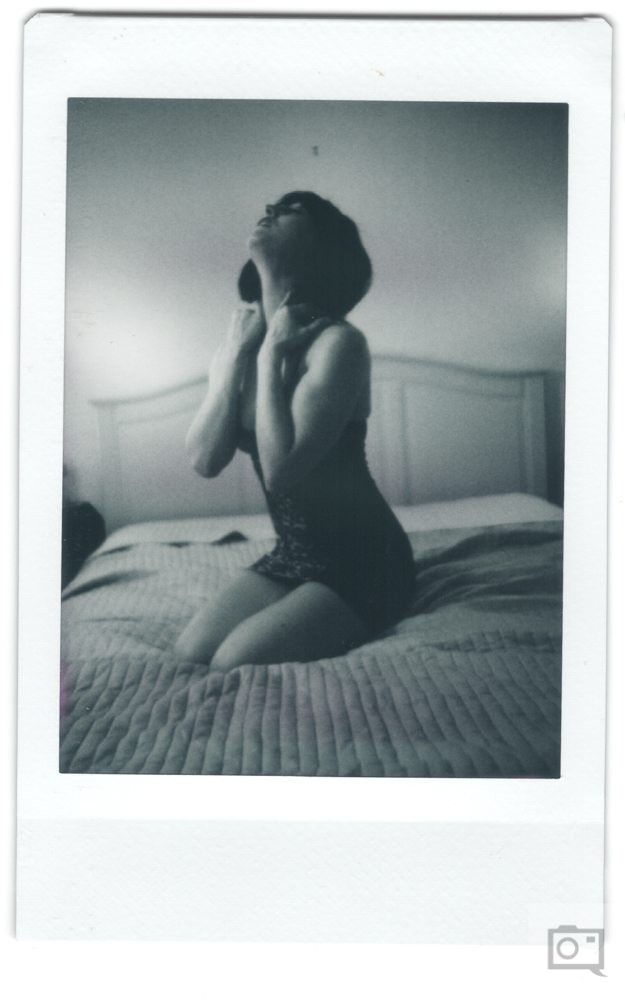While Fujifilm Instax enjoys quite a bit of popularity with the crowd of young photographers that enjoy the instant, lo-fi analog feel, there are a number of us that have really wanted to use the film for a higher end look. The first move towards that was cameras that have a bit more manual control over the exposure–while the next was Fujifilm Instax Mini Monochrome. The new black and white film is an ISO 800 normal contrast film that can be tough to work with at times, but when you get it right, it really shines.
Instax Mini has faced a number of problems with the biggest one being a lack of really great lenses and cameras being available. The film is an ISO 800 film–which means that it won’t have as much detail as an ISO 400, 100 or 200 emulsion. Plus, consider that it’s instant film. The absolute best hacks that I’ve seen are from Steven Lloyd and Brock Saddler: who have found ways to make vintage cameras work with the film via hacks. I surely think that it’s possible. Manual aperture and shutter speed controls in combination with the ability to work with studio strobes would be a godsend. But at the moment, it seems like no one wants to give this to us.
So sad too–because Instax Mini is essentially 645 format.
Tech Specs
Specs taken from Amazon
| Color | Black |
|---|---|
| Included Components | Instax Mini Monochrome Film |
| Item Dimensions | 4 x 0.75 x 2.5 inches |
| Item Weight | 0.1 pounds |
| Package Quantity | 1 |
| Shipping Weight | 0.22 pounds |
Ease of Use/Field Notes
Loading this film into a camera is a piece of camera. You just put the yellow tabs to the yellow tabs, shoot a test shot to make the black cover come off and you’re all set. That’s as simple as 1, 2, 3. But where this film becomes really tough overall is in understanding how it works and that some cameras that are used with it don’t exactly make its use that simple overall. This isn’t at all a fault of the film–it’s just that if I’m using the Diana F+’s pinhole camera mode, I’d also love to be able to look through the viewfinder when I attach a graduated ND filter to create a pinhole. Beyond this, a camera like the Mint TL70 often takes the highlights of a scene into the factor and makes exposing a scene quite difficult. You’ve got control over the aperture, but that’s it.
With all of these cameras, it’s also quite tough to use studio strobes with the exception being the Diana F+. Pair it with glass lenses, and you get something a bit better.
Instax Monochrome is a medium contrast black and white film. I wouldn’t describe it as high contrast or low contrast–but instead it depends on a lot on how you expose the scene. However, it’s easy to blow out the highlights, so if manual exposure is possible I recommend underexposing by around half a stop if possible. Unfortunately, it can be tough to do that to begin with when you don’t always know what your camera’s shutter speed will be. It’s a bit easier with the Diana F+ because you know that you’re always around 1/60th of a second and your aperture changes based on your setting, but again it’s pretty difficult to work with simply because of the lack of proper cameras available.
In my uses, I decided to put this camera through the paces with portraiture and pinhole work–exactly what I’d use instant black and white film for to begin with. As far as pinholes are concerned, you should only ever do black and white unless you’re very good at what you do. And portraits are a given for this type of film. I strongly believe that it’s a waste to load up a camera with this film and simply use it at parties. The color film does a great job there, but instead the black and white look lends itself to a much more artsy feeling overall here.
To be honest, because of all these variables and factors, I really recommend shooting in a highly controlled environment from the photographer or absolutely crappy weather. Some of the best pinholes are made in terrible weather. This is no exception.
Image Quality
Despite my qualms about adequate cameras really being available, the film itself is very solid. It is capable of delivering very detailed images, scans pleasantly, and simply works well. I strongly recommend it for portrait photographers, because it requires a lot of control over the scene in general to truly make it shine out amongst all other films out there.
Very much unlike anything that the Impossible project offers, this film doesn’t turn Sepia after a while. It keeps its black and white look and its really tough to make it fade. This along with its small size is very valuable to many photographers out there. To be fair, Impossible’s film is far larger overall.
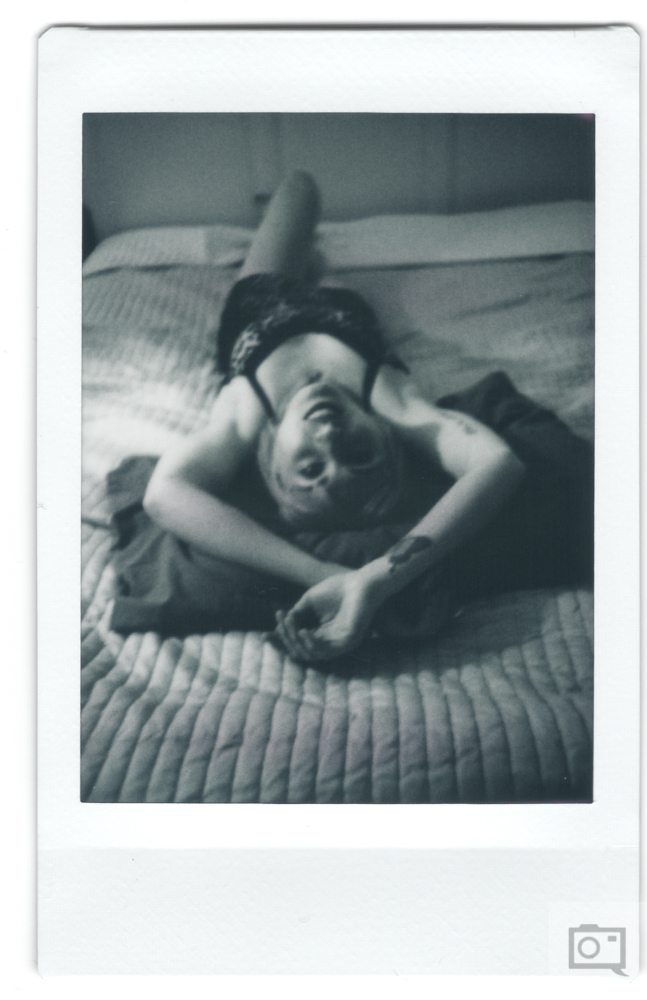
Conclusions
So do I like Fujifilm Instax Mini Monochrome? Yes. I think it’s fantastic. Do I like the cameras that are out there? No. Do other peoples like the cameras that are out there? Of course they do. However, I yearn for the day where I can affix a proper 120mm f2.8 lens to a camera, set my shutter speeds and apertures, focus using maybe a bellows system, and meter the film against my studio strobes. Then, and only then, would I be able to create an image that I’m really ever so truly proud of with this film.
For pinholes, the image quality is surely there. But I want to be able to deliver really beautiful portraits using this film and at the moment, I can’t exactly put my creating vision through with the cameras available.


